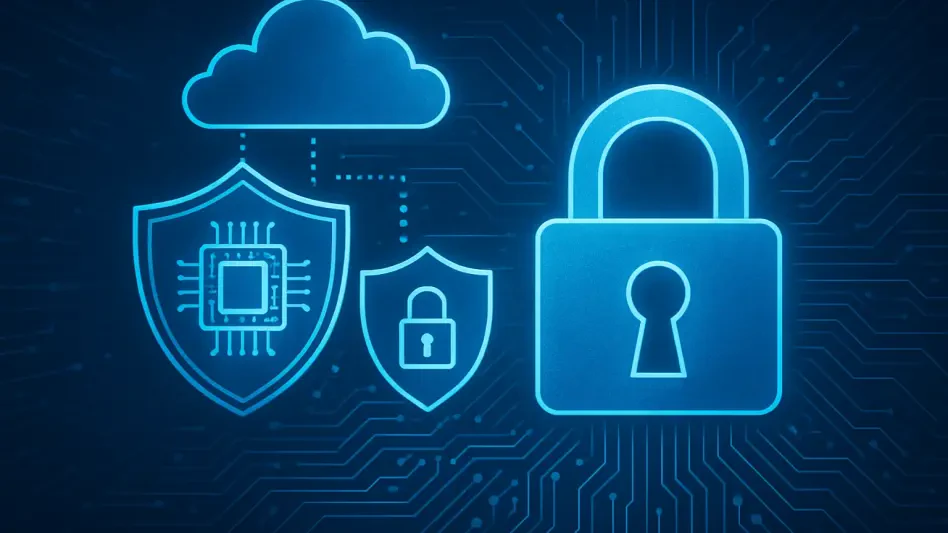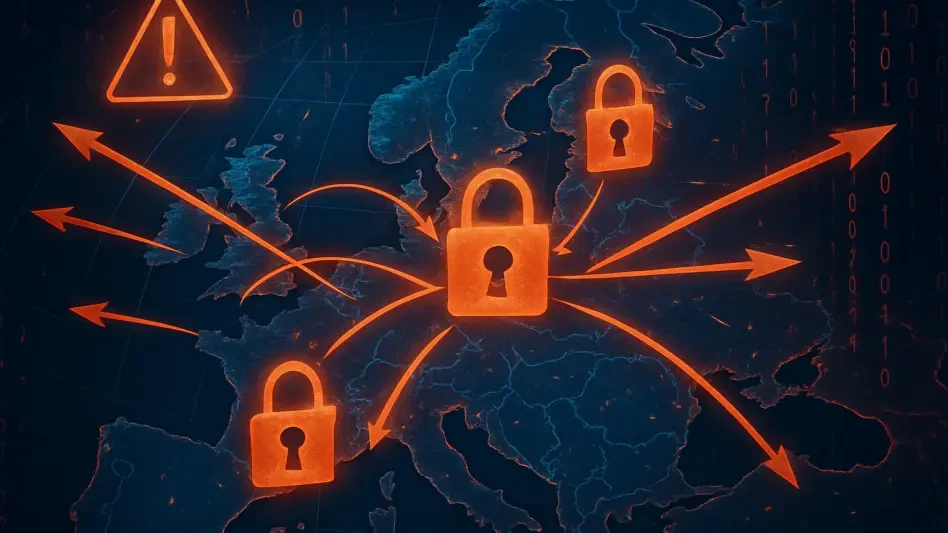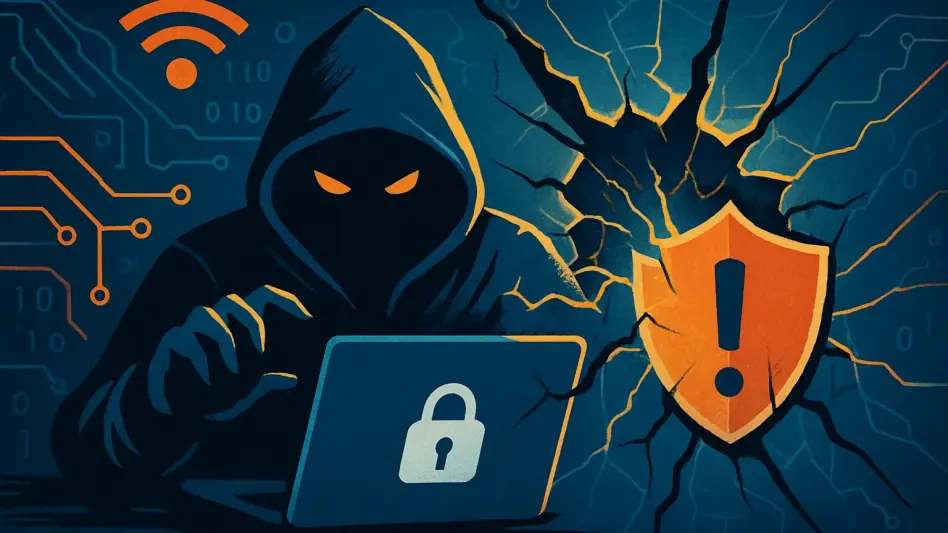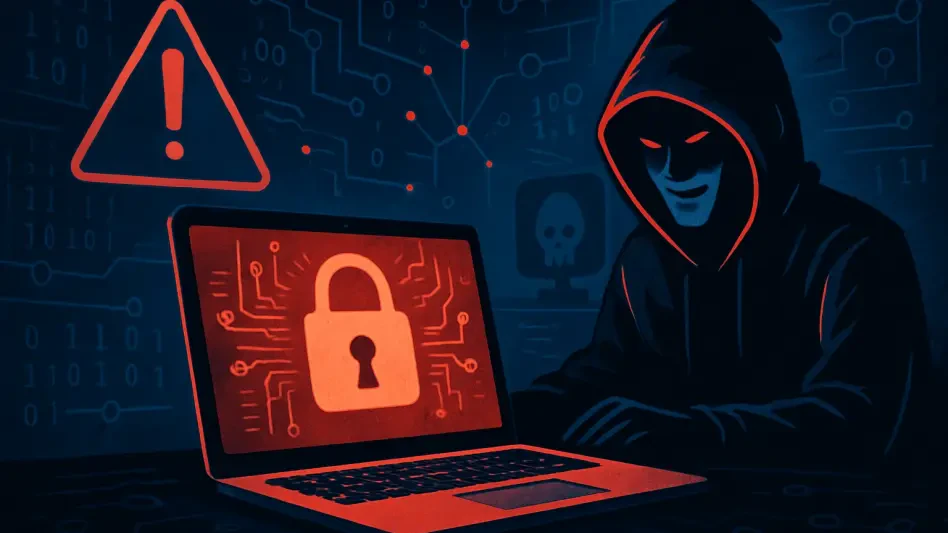Microsoft’s latest security updates have once again highlighted the critical importance of continuous vigilance and proactive security measures in the digital landscape. In June, Microsoft released their security updates, addressing a wave of vulnerabilities that pose significant risks to users worldwide. Among these are zero-day vulnerabilities, notorious for being exploited before developers have had a chance to issue patches, making them particularly dangerous. This set of security updates underscores the escalating sophistication of cyber threats, prompting immediate responses across the tech landscape to safeguard data and infrastructure.
Overview of Recent Security Updates
Microsoft’s latest updates reveal an extensive effort to plug numerous security holes unveiled in recent months. This round of updates encompassed an impressive array of patches addressing 66 distinct vulnerabilities, demonstrating the breadth of the challenge facing modern IT systems. Prominently, these updates featured crucial patches for two zero-day vulnerabilities, illustrating the urgent need for enterprises to prioritize immediate patching. This move has been crucial not just for Microsoft but for the broader technology ecosystem striving to stave off potential breaches.
The Criticality of Zero-Day Vulnerabilities
The updates tackle two significant zero-day vulnerabilities—CVE-2025-33053 and CVE-2025-33073—critical in nature due to their active exploitation in real-world scenarios. CVE-2025-33053 is a vulnerability within the WebDAV protocol, posing a risk of remote code execution and giving cyber attackers the advantage to infiltrate a system clandestinely. Such flaws are actively being exploited in cyber-espionage campaigns, particularly by threat actors like the infamous “Stealth Falcon.” Their dexterity in exploiting zero-day flaws highlights the continual threat landscape enterprises must navigate. Meanwhile, CVE-2025-33073 represents an elevation-of-privilege vulnerability situated in the Windows SMB Client. This vulnerability, disclosed publicly before the release of any mitigating patch, drew substantial attention for its potential to enable escalated access privileges for malicious actors, thereby compounding the risk to affected systems.
Addressing the Role of Advanced Threat Actors
In the context of the cybersecurity realm, advanced persistent threats (APTs) such as “Stealth Falcon” underscore the sophistication and persistence of modern cyber adversaries. This group, responsible for campaigns targeting strategic entities primarily in the Middle East, exemplifies coordinated attempts to leverage zero-day exploits for espionage. Their strategy often involves coupling these exploits with tailored spear-phishing attacks, effectively breaching defenses and compromising data integrity. By pinpointing entities that traditionally hold sensitive data or exert notable influence, these actors underscore a troubling trend towards more targeted, methodical cyber threats. This scenario demands not only stringent cybersecurity measures but also continuous monitoring and rapid response capabilities from organizations worldwide.
Distribution and Analysis of Vulnerabilities
The range of vulnerabilities addressed illuminates the diversity of potential attack vectors and the corresponding need for robust, multi-layered security strategies. These encompass remote code executions, elevations of privilege, information disclosure, denial of service, security feature bypasses, and spoofing vulnerabilities, each necessitating precise intervention strategies.
Breakdown of Vulnerabilities
Breaking down the vulnerabilities, the updates revealed 25 cases of remote code execution weaknesses, 13 instances related to elevation of privilege, and 17 vulnerabilities leading to information disclosure. Additionally, the updates addressed six denial-of-service vulnerabilities, three issues centered around the bypassing of security features, and two vulnerabilities related to spoofing attacks. This classification highlights an eclectic mix of potential entry points for malicious actors, necessitating various security methodologies. Remote code executions, in particular, emphasize the urgency with which code vulnerabilities must be addressed, as they have the potential to allow unauthorized code to run within a system’s context, often causing catastrophic breaches.
The Need for Comprehensive Security Strategies
The exploration of these vulnerabilities underscores an essential need for comprehensive, holistic security strategies that encompass both preventive and reactive measures. Organizations must adopt practices ranging from regular system audits, code reviews, and continuous threat assessments to ensure a fortified defense against these varied attack vectors. Furthermore, it’s imperative that enterprises maintain updated infrastructure, applying patches promptly to neutralize threats posed by identified vulnerabilities. This preventive strategy should be complemented by an agile incident response mechanism to ensure swift action in the face of newly discovered threats or active exploitations.
Broader Security Context and Industry Collaboration
The challenge posed by continual cyber threats is not isolated to Microsoft alone but reflects a broader industry-wide dynamic. Amidst such evolving threats, industry collaboration and concurrent updates from other major technology vendors are crucial in securing the digital ecosystem.
Industry-Wide Security Updates
The cybersecurity threat landscape is continually evolving, necessitating coordinated efforts across the technology spectrum to tackle concerns effectively. In this respect, concurrent updates from other major technology providers highlight an industry-wide acknowledgment of the increasingly sophisticated threat landscape. Adobe, for instance, released updates to patch 254 vulnerabilities, and SAP addressed 14 issues, indicating a cohesive approach towards fortifying digital defenses. Such large-scale patches are pivotal in keeping software secure against known vulnerabilities, reducing the potential attack surface available to cybercriminals.
The Importance of Cross-Company Collaboration
Cross-company collaboration and information sharing prove to be critical components in the fight against cybersecurity threats. Collaboration initiatives, such as those between Microsoft, Tenable, and Check Point Research, reflect an integral approach to collectively identifying and mitigating vulnerabilities. This collaborative landscape allows faster, more comprehensive identification of potential threats and enables dissemination of patches and best practices across industries. By fostering a robust network of communication and collaboration, technology companies not only enhance their defenses but also nurture a comprehensive cybersecurity ecosystem that is better prepared to withstand current and emerging threats.
Lessons and Considerations for Future Security Practices
The handling of these recent vulnerabilities provides salient insights into current cybersecurity practices and sets the stage for evolving strategies. An awareness of sophisticated threats, coupled with the right technological and procedural investments, paves the way for more resilient digital infrastructures.
Strategic Insights for Robust Cyber Defense
In drawing insights from the latest updates, enterprises are reminded of the crucial balance between implementing cutting-edge security measures and ensuring fundamental best practices are adhered to meticulously. While investing in advanced security solutions is paramount, the significance of promptly applying updates cannot be understated. Organizations must prioritize understanding the nuances of emerging threats, investing in skilled personnel capable of not only implementing solutions but also anticipating and adapting to evolving threat dynamics. Moreover, fostering a culture of cybersecurity awareness and education within organizations helps in fortifying defenses against social engineering attacks that typically exploit human vulnerabilities.
The Role of Future-Proofing Security Infrastructures
Looking forward, one of the key takeaways from the recent security updates is the importance of future-proofing security infrastructures. This entails not just a reactive stance but a proactive approach towards anticipated security developments. In this future-oriented strategy, organizations are advised to invest in technologies that offer scalability and adaptability in response to emerging threats. Embracing AI-driven security solutions, for instance, could significantly enhance threat detection and response capabilities, offering real-time insights into potential vulnerabilities. Furthermore, organizations are encouraged to engage with threat intelligence services that provide foresight into global threat trends, thus better equipping them to anticipate and mitigate potential risks before they materialize.
Conclusion: Advancing Cybersecurity Preparedness
Microsoft’s recent security updates once again emphasize the vital need for ongoing vigilance and proactive measures in today’s digital world. Microsoft’s June security updates addressed a series of vulnerabilities that posed significant threats to users globally. Among the vulnerabilities addressed were zero-day threats, infamous for being exploited before developers even have the chance to create patches, rendering them extremely hazardous. These updates highlight the growing complexity of cyber threats, pushing the tech community to react swiftly to protect data and infrastructure.
This move by Microsoft serves as a reminder of the constantly evolving cyber landscape, where new threats emerge regularly. It is crucial for both companies and individuals to maintain an up-to-date security posture. Microsoft, like many tech giants, plays a crucial role in this effort, constantly tracking potential threats and deploying measures to thwart them. However, the responsibility of maintaining cyber safety isn’t solely on these companies; users must also practice sound security habits. Regularly updating software, utilizing strong passwords, and remaining informed about recent threats are all essential actions everyone needs to embrace to keep their digital environments secure. This dual approach is critical in a time when cybercriminals are becoming ever more sophisticated in their attack strategies.








